Whether you're a scuba enthusiast, a drone operator, or a digital nomad, understanding how to fly safely with lithium batteries is essential. As air travel regulations evolve to meet safety standards, many travelers are unsure about which batteries are allowed in carry-on or checked luggage.
In this blog post, we’ll explore how lithium batteries—specifically the MANTA 126Wh and MANTA 252Wh models—fit into airline rules, and what you need to know before taking off.
✈️ Why Are Lithium Batteries Regulated in Air Travel?
Lithium batteries are energy-dense and highly reactive, meaning they can overheat or even catch fire under certain conditions. To minimize fire risks in the air, aviation authorities such as:
-
FAA (Federal Aviation Administration)
-
IATA (International Air Transport Association)
-
EASA (European Union Aviation Safety Agency)
have strict rules for traveling with lithium-ion batteries.
🔋 Understanding Battery Capacity: Watt-Hours (Wh)
Airline rules are based on the battery’s capacity, measured in watt-hours (Wh)—a combination of voltage and amp-hour (Wh = V × Ah). Knowing your battery’s Wh rating is essential.
Here’s what airlines typically allow:
| Battery Capacity | Allowed in Carry-On? | Allowed in Checked Bag? |
|---|---|---|
| ≤100 Wh | ✅ Yes | ❌ No |
| 101–160 Wh | ✅ Yes | ❌ No |
| >160 Wh | ❌ No | ❌ No |
⚡ MANTA Batteries and Airline Compliance
Let’s break down how Asiwo’s underwater scooter batteries align with air travel rules:
🔹 MANTA 126Wh Battery
-
Battery Rating: 126Wh
-
✅ Allowed in Carry-On: Yes, with airline approval
-
❌ Not allowed in Checked Luggage
-
🧳 Limit: Up to 2 spare batteries per passenger
This battery falls just under the 160Wh threshold, making it generally acceptable for carry-on—ideal for frequent flyers or dive travelers. Just remember to notify the airline ahead of time.
🔹 MANTA 252Wh Battery
-
Battery Rating: 252Wh
-
❌ Not allowed in Carry-On or Checked Baggage
-
🚫 Requires special cargo handling (Not suitable for passenger flights)
Due to exceeding the 160Wh limit, this battery cannot be transported in personal luggage on commercial flights. If you plan to travel internationally with it, you'll likely need freight forwarding services or cargo shipment options, which involve paperwork and fees.
Recommended: Top Underwater Scooters Under $500 (2025 Guide)
🧳 Tips for Flying with Lithium Batteries
To ensure safe and hassle-free travel:
1. Know Your Wh Rating
Always check the watt-hour rating printed on the battery label or product manual. It determines how the airline will handle it.
2. Get Airline Approval for 101–160Wh
Contact your airline in advance if you plan to carry batteries between 101–160Wh. Many airlines require prior notification or approval at check-in.
3. Carry Batteries in Your Cabin Bag
Spare lithium batteries are not allowed in checked luggage. Always pack them in your carry-on.
4. Use Original Packaging or Fireproof Bags
Protect the battery terminals from short-circuiting using the original case or LiPo safety bags. Tape over the terminals if needed.
5. Limit Quantity
Most airlines permit:
-
2 spare batteries (101–160Wh) per person
-
Unlimited batteries under 100Wh, provided they’re for personal use
6. Avoid Damaged or Swollen Batteries
Do not fly with damaged, swollen, or leaking lithium batteries—they pose serious fire risks and may be confiscated.

🌍 Alternatives for Traveling with High-Capacity Batteries
If you rely on a 252Wh battery for your underwater scooter (like the Asiwo Manta Pro), consider:
-
Shipping via cargo/freight ahead of your trip
-
Purchasing or renting a compatible battery at your destination
-
Using multiple 126Wh batteries instead of one 252Wh, if supported by your device
This strategy allows you to stay within airline limits while still having enough power for your activities.
✅ Conclusion:
Air travel with lithium batteries doesn't have to be stressful—as long as you're informed. For MANTA users:
-
The 126Wh battery is flight-friendly with minor planning.
-
The 252Wh battery requires special shipping and is not allowed in standard luggage.
If you're a diver, traveler, or tech user carrying lithium-powered gear, following these airline rules ensures your journey stays safe, legal, and hassle-free.
FAQs
Q: Can I bring both 126Wh batteries on board if I have the MANTA S?
Yes, most airlines allow you to bring up to two spare lithium-ion batteries between 101Wh and 160Wh in your carry-on. You should still notify the airline in advance for approval.
Q: What happens if I pack a 252Wh battery in my checked baggage by mistake?
If discovered during screening, the battery will likely be confiscated, and you could face fines or delays. It’s important to never place high-capacity lithium batteries in checked luggage.
Q: Is there a way to travel internationally with a 252Wh battery legally?
Yes. You can ship the battery as cargo or freight following lithium battery shipping guidelines. This usually requires proper labeling, documentation, and carrier approval through a freight service—not via passenger luggage.
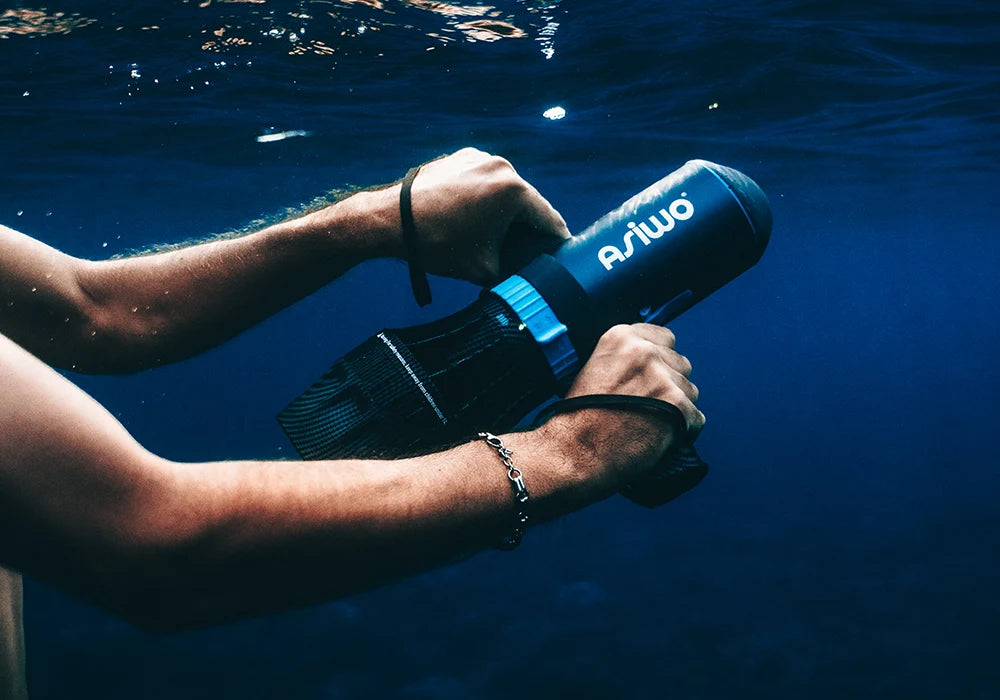




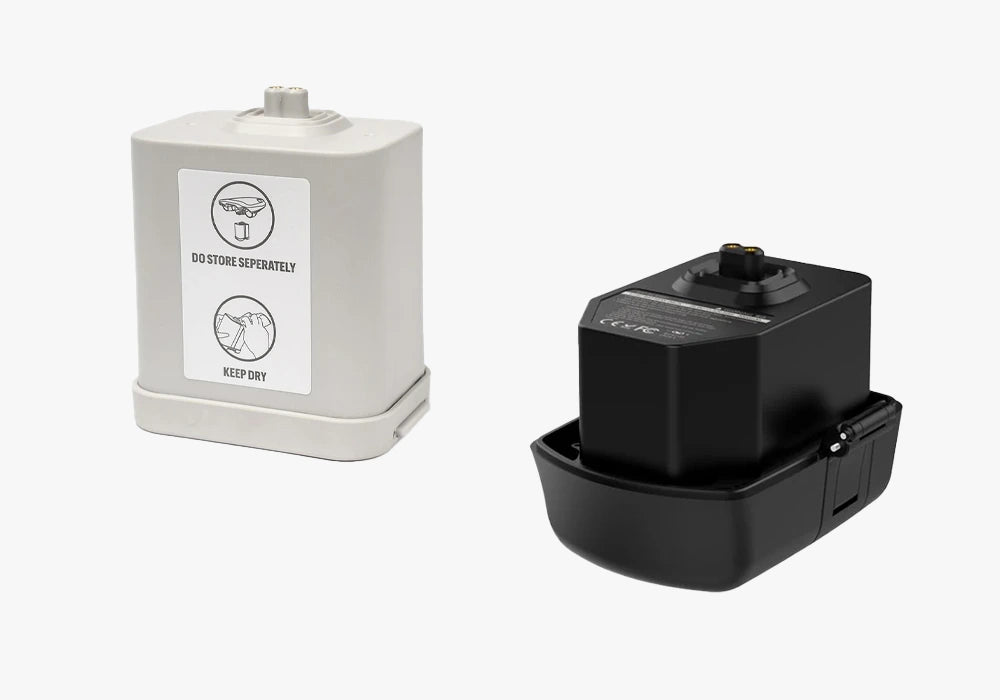




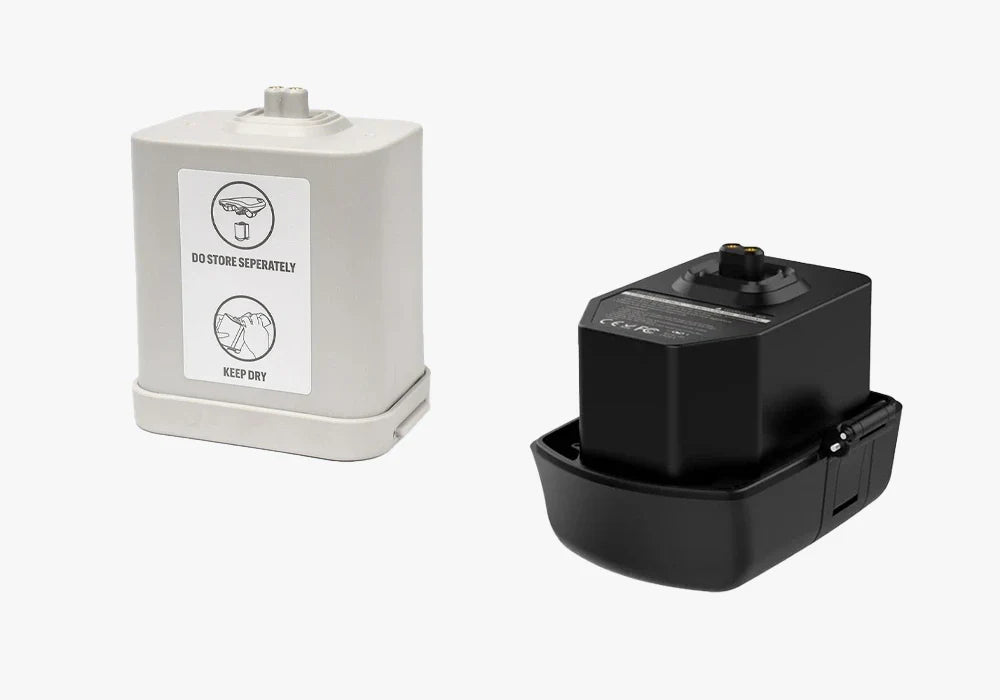
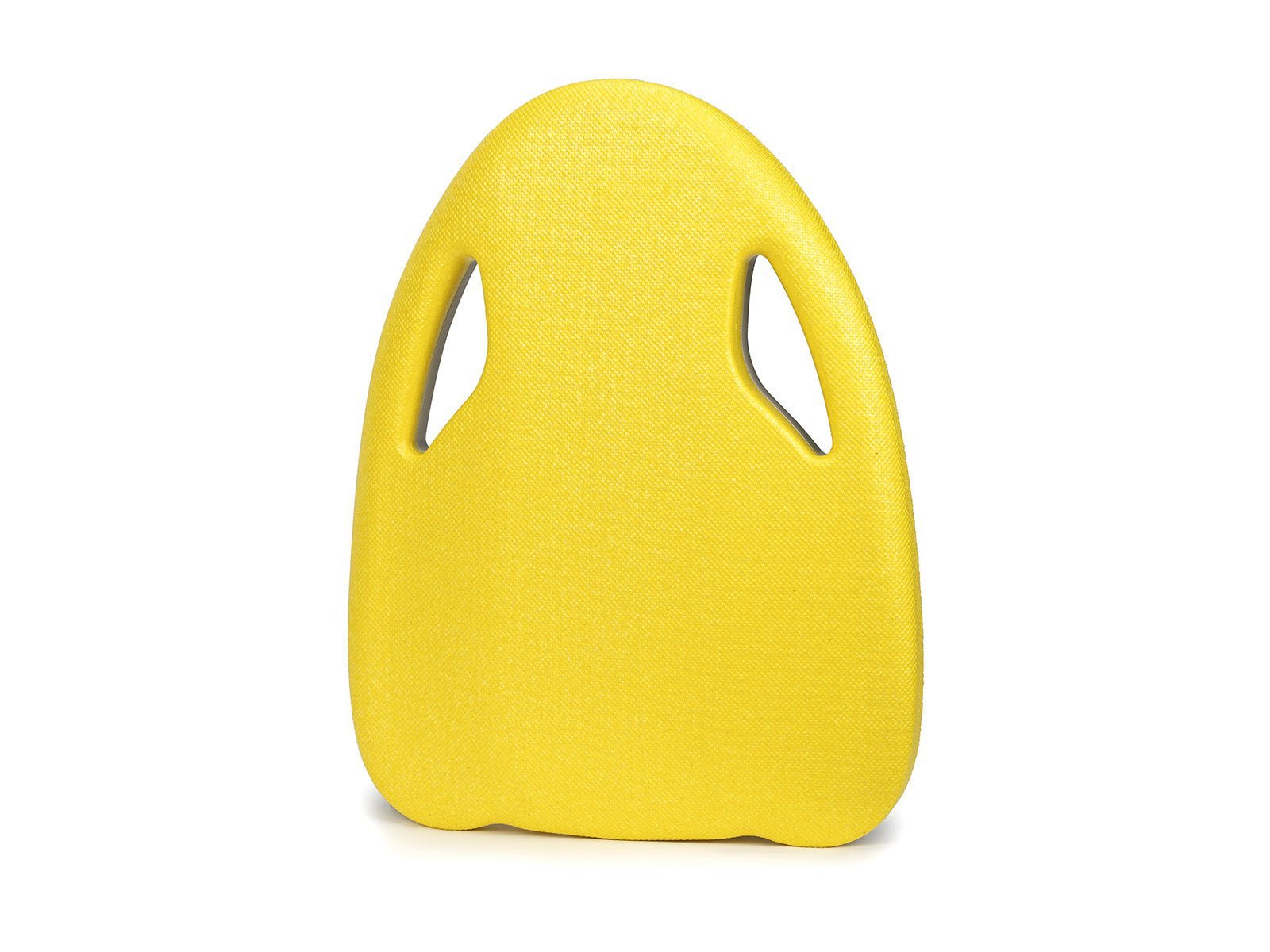
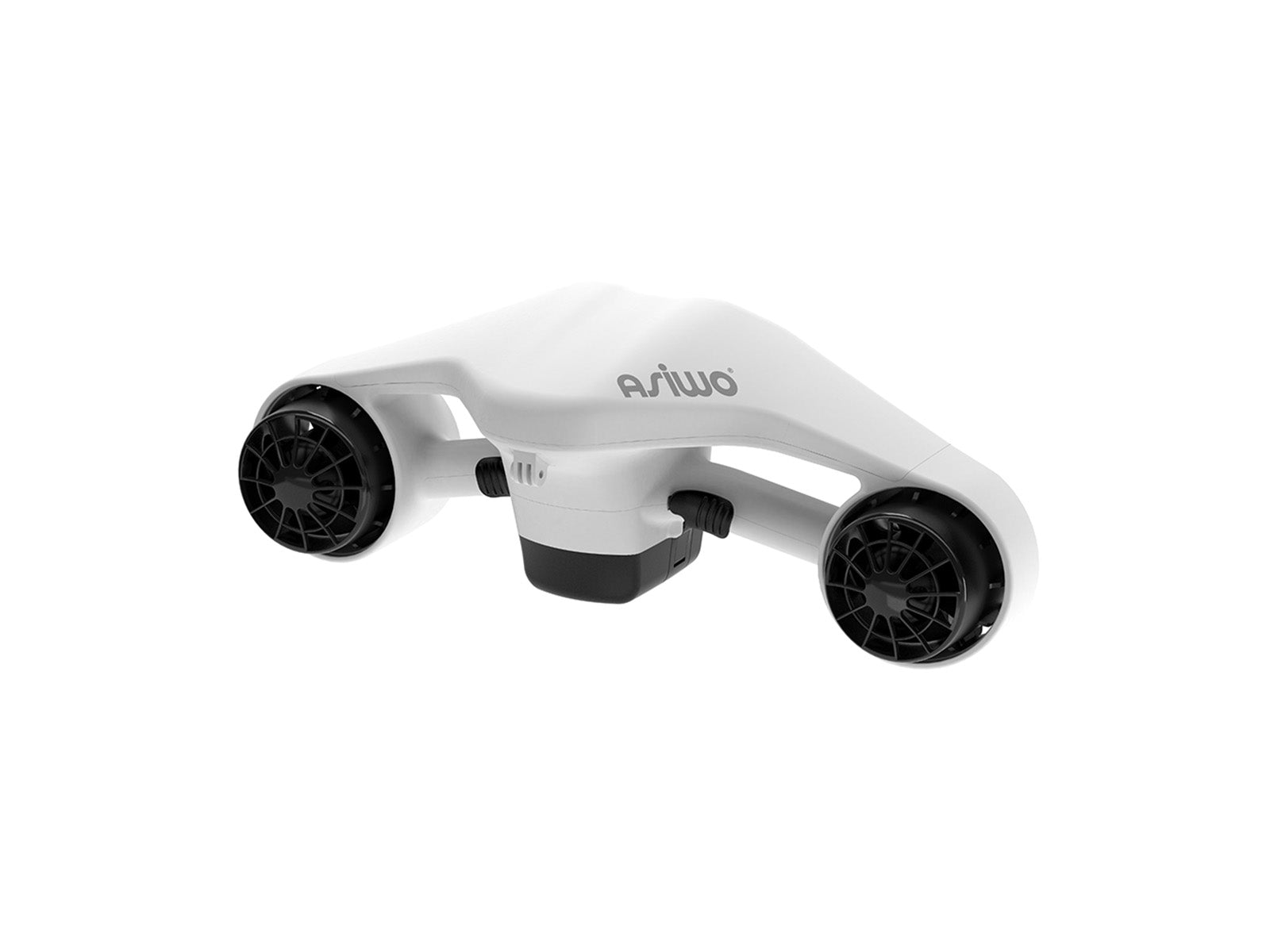
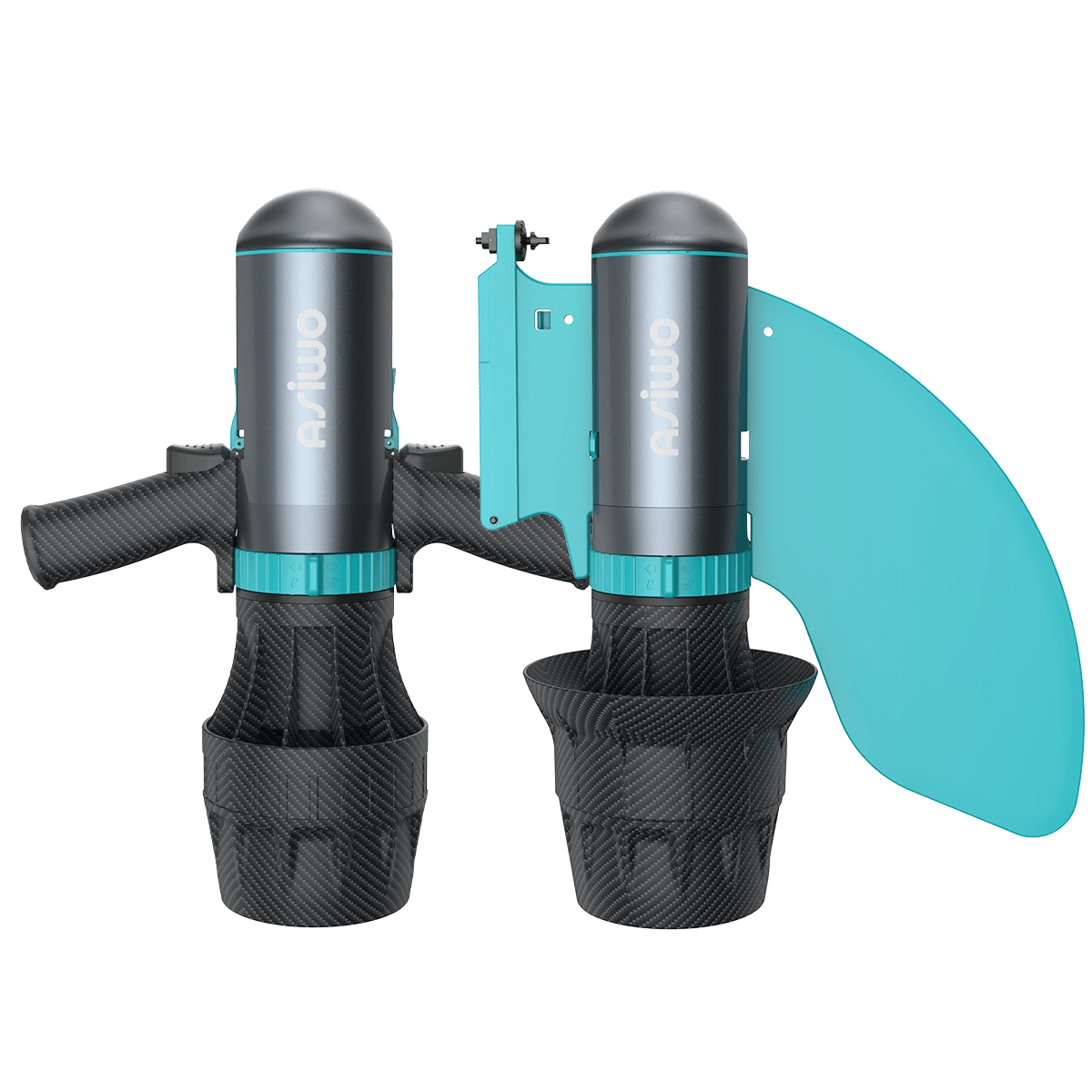




Leave a comment